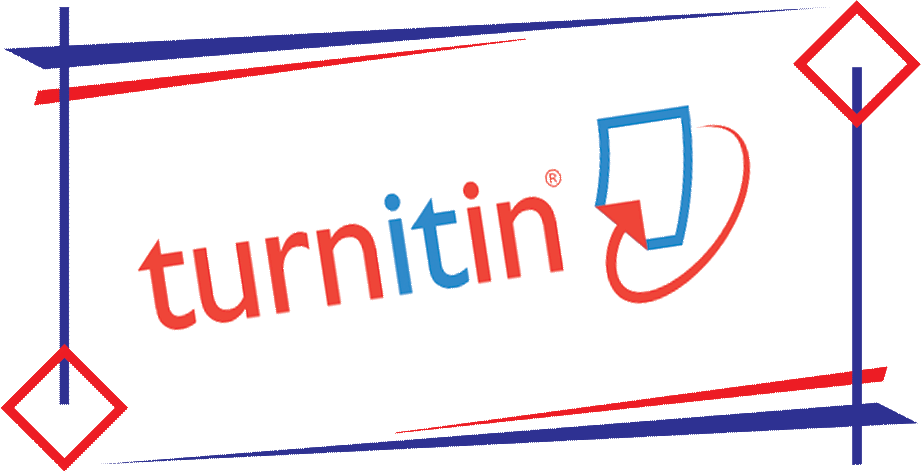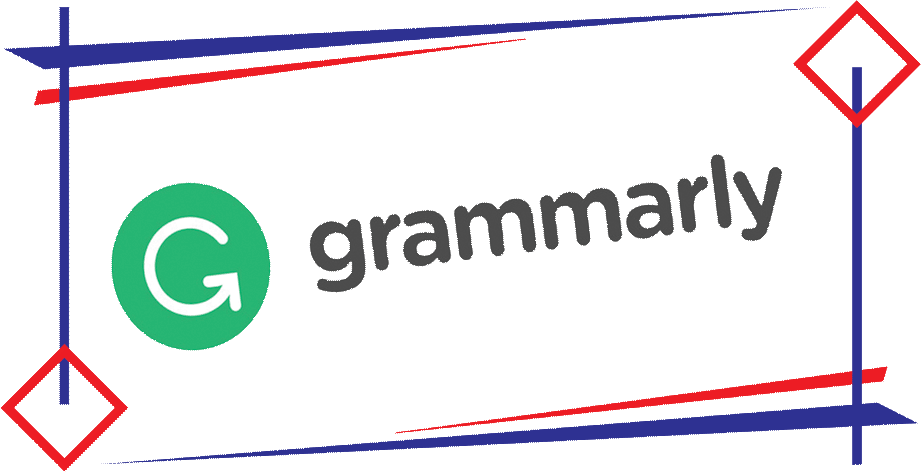Development of a Boolean Logic Game for Visual, Auditory and Kinesthetic Learning Styles
Abstract
Full Text:
PDFReferences
R. Schmid and D. Petko, “Does the use of educational technology in personalized learning environments correlate with self-reported digital skills and beliefs of secondary-school students?,” Comput. Educ., vol. 136, pp. 75–86, 2019, doi: 10.1016/j.compedu.2019.03.006. N. S. Raj and V. G. Renumol, “A Rule-Based Approach for Adaptive Content Recommendation in a Personalized Learning Environment: An Experimental Analysis,” Proc. - IEEE 10th Int. Conf. Technol. Educ. T4E 2019, pp. 138–141, 2019, doi: 10.1109/T4E.2019.00033. C. K. N. C. K. Mohd and F. Shahbodin, “Personalized Learning Environment (PLE) integration in the 21st century classroom,” Int. J. Comput. Inf. Syst. Ind. Manag. Appl., vol. 7, no. 1, pp. 14–21, 2015, [Online]. Available: https://api.elsevier.com/content/abstract/scopus_id/84955466728 H. M. Truong, “Integrating learning styles and adaptive e-learning system: Current developments, problems and opportunities,” Comput. Human Behav., vol. 55, pp. 1185–1193, 2016, doi: 10.1016/j.chb.2015.02.014. S. M. Syed-Khuzzan, J. S. Goulding, and J. Underwood, “Personalised learning environments - Part 1: Core development issues for construction,” Ind. Commer. Train., vol. 40, no. 6, pp. 310–319, 2008, doi: 10.1108/00197850810900075. N. D. Fleming, “Not Another Inventory, Rather a Catalyst for Reflection,” To Improv. Acad., vol. 11, no. 20210331, 1992, doi: 10.3998/tia.17063888.0011.014. E. Adams, Fundamentals of Game Design, 2nd ed. Berkeley: New Riders, 2010. S. Daniau, “The Transformative Potential of Role-Playing Games: From Play Skills to Human Skills,” Simul. Gaming, vol. 47, no. 4, pp. 423–444, 2016, doi: 10.1177/1046878116650765. L. Zhong, “Incorporating personalized learning in a role-playing game environment via SID model: a pilot study of impact on learning performance and cognitive load,” Smart Learn. Environ., vol. 9, no. 1, 2022, doi: 10.1186/s40561-022-00219-5. S. Thiagarajan, D. S. Semmel, and M. I. Semmel, “Instructional development for training teachers of exceptional children: A sourcebook,” J. Sch. Psychol., vol. 14, no. 1, p. 75, 1974, doi: 10.1016/0022-4405(76)90066-2. I. M. Tegeh, A. H. Simamora, and K. Dwipayana, “Pengembangan Media Video Pembelajaran Dengan Model Pengembangan 4D Pada Mata Pelajaran Agama Hindu,” Mimb. Ilmu, vol. 24, no. 2, p. 158, 2019, doi: 10.23887/mi.v24i2.21262. A. Gullen and T. Gullen, “Construct,” Construct.net, 2020. https://www.construct.net/en/construct-2/manuals/construct-2/plugin-reference/ajax (accessed Oct. 23, 2023). C. P. Schultz, R. Bryant, and T. Langdell, Game Testing All in One Chapter 4-The Game Team Chapter 5-The Game Production Cycle, vol. 2005. 2005. [Online]. Available: https://computernote.files.wordpress.com/2011/04/course-technology-game-testing-all-in-one-feb20051.pdf Sudaryono, G. Margono, and W. Rahayu, Pengembangan Instrumen Penelitian Pendidikan. Yoyakarta: Graha Ilmu, 2013. R. Munir, Matematika Diskrit. Bandung: Informatika, 2012. B. De Porter and M. Henarcki, Quantum Learning: Membiasakan Belajar Nyaman dan Menyenangkan. Bandung: Kaifa Learning, 2015. Prayogo and M. Fauzi, “Penerapan Logika Boolean Dalam Program Permintaan Barang Berbasis Web,” J. Buana Mat., vol. 5, no. 1, pp. 23–27, 2015, [Online]. Available: https://jurnal.unipasby.ac.id/index.php/buana_matematika/article/view/273/157 J. Haste, “Welcome To Game Design - Introduction to Game Design Theory,” Udemy, Inc. https://www.udemy.com/course/welcome-to-game-design-introduction-to-game-theory/learn/lecture/11585396?start=15#overview (accessed Oct. 01, 2023). J. van Dongen, “The Game Asset Pipeline,” Master thesis, vol. 29, no. 1, pp. 11–38, 2007.
DOI: https://doi.org/10.18860/mat.v16i1.25578
Refbacks
- There are currently no refbacks.
Copyright (c) 2024 Mochammad Mirza Kharisma, Wibisono Sukmo Wardhono, Aswin Suharsono

This work is licensed under a Creative Commons Attribution-NonCommercial-ShareAlike 4.0 International License.
The journal is indexed by :
_______________________________________________________________________________________________________________
Editorial Office:
Informatics Engineering Department
Faculty of Science and Technology
Universitas Islam Negeri Maulana Malik Ibrahim Malang
Jalan Gajayana 50 Malang, Jawa Timur, Indonesia 65144
Email: matics@uin-malang.ac.id
_______________________________________________________________________________________________________________

This work is licensed under a CC-BY-NC-SA 4.0.
© All rights reserved 2015. MATICS , ISSN : 1978-161X | e-ISSN : 2477-2550




